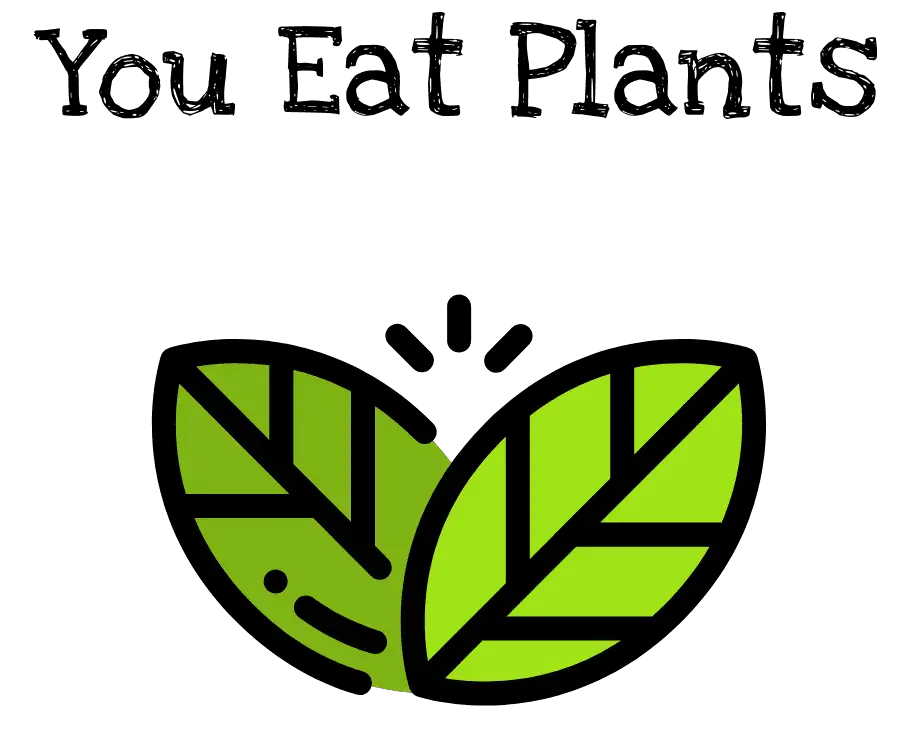In this post, we will compare two slightly similar plant-based diets, the flexitarian and the vegetarian diet. We will look at the similarities as well as the differences.
- Flexitarian vs Vegetarian
- Are Flexitarians Vegetarians?
- Flexitarian Diet Food List
- Vegetarian Food List
Flexitarian vs Vegetarian
A flexitarian is a person who follows a predominantly plant-based diet, but who occasionally includes meat, poultry, and fish in their meals. Flexitarians may choose to include animal-based foods for a variety of reasons, such as taste preference, cultural traditions, or the desire to get certain nutrients that are difficult to obtain from plant-based sources.
A vegetarian is a person who abstains from eating meat, poultry, and fish, but who may still consume dairy products and eggs. There are several different types of vegetarian diets, including lacto-vegetarian, which includes dairy products, and lacto-ovo vegetarian, which includes both dairy products and eggs. Some vegetarians may also consume fish and seafood, in which case they are known as pesco-vegetarians.
One of the main differences between a flexitarian and a vegetarian diet is the amount of animal-based foods that are consumed. Flexitarians may include small amounts of meat, poultry, and fish in their diet, while vegetarians abstain from these foods completely.
Another difference is the potential for nutrient deficiencies. Some nutrients, such as vitamin B12 and omega-3 fatty acids, are found almost exclusively in animal-based foods, and it can be difficult for vegetarians to get enough of these nutrients from a purely plant-based diet. Flexitarians, on the other hand, may be able to meet their nutritional needs by occasionally including animal-based foods in their diet.
Both flexitarian and vegetarian diets can be healthy if they are well-planned and balanced. It is important to ensure that you are getting enough of all the essential nutrients your body needs, regardless of whether you follow a flexitarian or vegetarian diet. This can be achieved by including a wide variety of foods in your diet and paying attention to portion sizes.
There are also environmental and ethical considerations to consider when deciding between a flexitarian and vegetarian diet. The production of meat, poultry, and fish can have a significant impact on the environment, and some people choose to reduce their consumption of these foods for this reason. Vegetarians abstain from these foods completely, while flexitarians may still include small amounts in their diet.
Are Flexitarians Vegetarians?
Flexitarians are not technically vegetarians because they allow for the occasional inclusion of meat, fish, and other animal products in their diet. However, flexitarians follow a mostly plant-based diet and may be considered a type of vegetarian by some people.
The term “flexitarian” is a combination of the words “flexible” and “vegetarian.” Flexitarians may follow a mostly vegetarian diet, but allow themselves to occasionally include animal products. This flexibility can make the flexitarian diet more sustainable and easier to stick to for some people.
It’s important to note that the definition of vegetarianism can vary and there is no one-size-fits-all definition. Some people may consider flexitarians to be vegetarians, while others may not. The key difference between flexitarians and vegetarians is the level of flexibility they allow for the inclusion of animal products in their diet. Flexitarians may include animal products on a limited basis, while vegetarians exclude all animal products from their diet.
Flexitarian Diet Food List
Here is a list of food items that are commonly included in a flexitarian diet:
- Plant-based proteins: Flexitarians may include a variety of plant-based proteins in their diet, such as beans, lentils, tofu, tempeh, and seitan.
- Grains: Grains, such as rice, quinoa, and oats, can also be included in a flexitarian diet.
- Vegetables: A wide variety of vegetables can be included in a flexitarian diet, such as leafy greens, broccoli, bell peppers, and tomatoes.
- Fruits: Flexitarians may also include a variety of fruits in their diet, such as apples, bananas, berries, and citrus fruits.
- Nuts and seeds: Nuts and seeds, such as almonds, cashews, and chia seeds, can also be included in a flexitarian diet as a source of protein and healthy fats.
- Dairy products: Flexitarians may also include dairy products in their diet, such as milk, cheese, and yogurt.
- Eggs: Flexitarians may include eggs in their diet, as they are a good source of protein and nutrients.
- Fish: A wide variety of fish can be included in a flexitarian diet, such as salmon, tuna, cod, halibut, and tilapia.
- Poultry: Flexitarians may also include poultry in their diet, such as chicken and turkey.
- Meat: Flexitarians may occasionally include red meat, such as beef and lamb, in their diet.
Vegetarian Food List
Here is a list of food items that are commonly included in a vegetarian diet:
- Legumes: Legumes, such as beans, lentils, and chickpeas, are a good source of plant-based protein and can be included in a vegetarian diet.
- Grains: Grains, such as rice, quinoa, and oats, can also be included in a vegetarian diet.
- Vegetables: A wide variety of vegetables can be included in a vegetarian diet, such as leafy greens, broccoli, bell peppers, and tomatoes.
- Fruits: Vegetarians may also include a variety of fruits in their diet, such as apples, bananas, berries, and citrus fruits.
- Nuts and seeds: Nuts and seeds, such as almonds, cashews, and chia seeds, can also be included in a vegetarian diet as a source of protein and healthy fats.
- Plant-based protein sources: Vegetarians may also include plant-based protein sources in their diet, such as tofu, tempeh, and seitan.
- Dairy products: Vegetarians may also include dairy products in their diet, such as milk, cheese, and yogurt.
- Eggs: Vegetarians may include eggs in their diet, as they are a good source of protein and nutrients.
See also:
- Vegetarian vs Pescatarian – A Look at Two Plant-Based Diets
- Vegan vs Vegetarian
- Flexitarian vs Pescatarian
Lance has been passionate about the plant-based diet and we have been following a whole food plant-based diet for over 5 years. We focus on health, natural healing, weight management, animal rights, and the health of the planet and environment by focusing on whole plant-based foods and sustainable practices.
Learn more at the About Me page and follow on social media at the links below.


